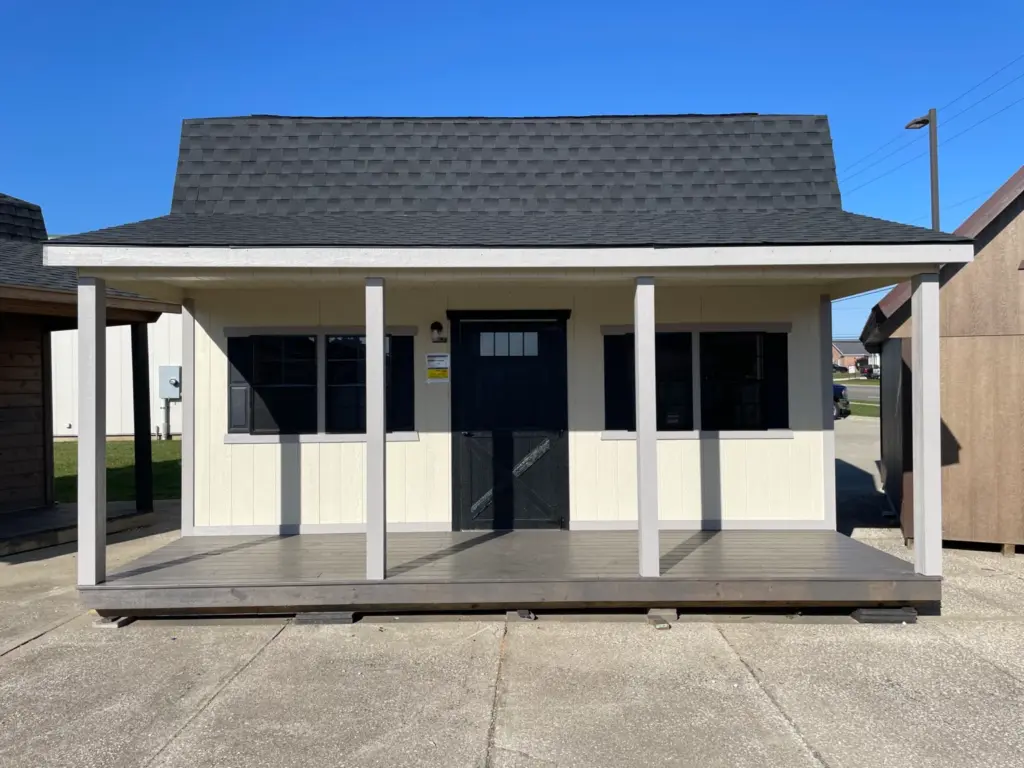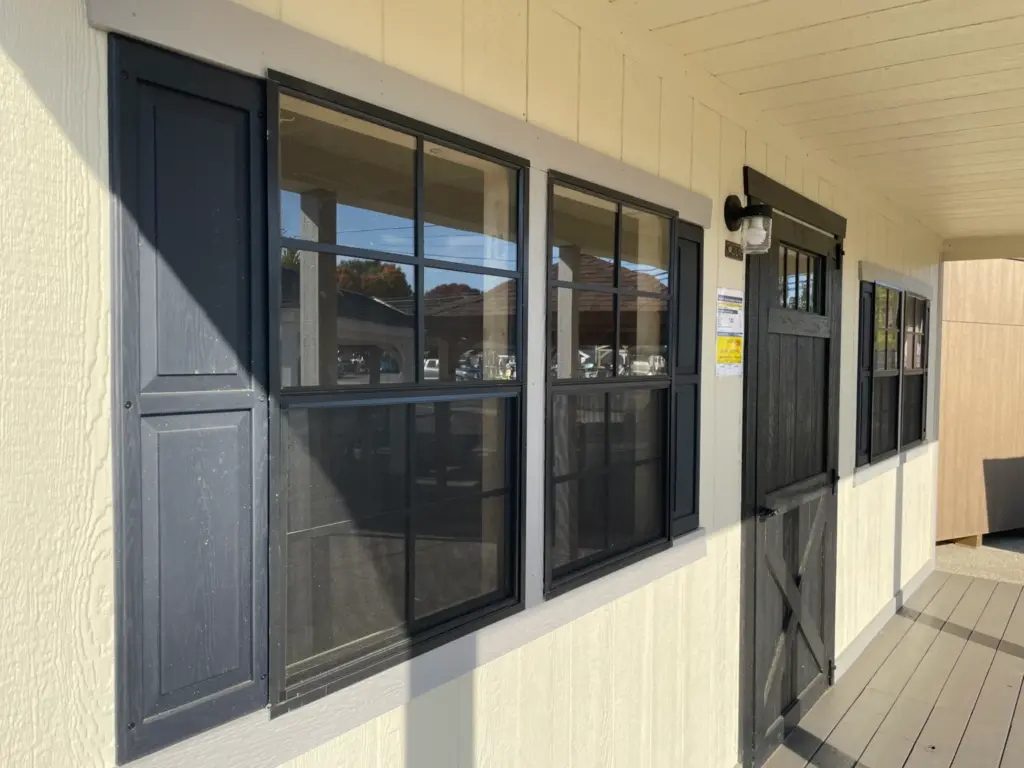Look up at the night sky, and you may notice moving points of light crossing in straight lines. These are not shooting stars or airplanes—they are Starlink satellites. The constellation built by SpaceX has become one of the largest engineering projects in history. With so many visible above us, it’s natural to ask: how many Starlink satellites are in space? The answer continues to grow as SpaceX launches new satellites almost every week, reshaping how we think about both communication and the space environment.

Starlink’s Purpose
Starlink is designed to provide high-speed internet service across the planet. Instead of depending on underground cables or a few large satellites far above Earth, Starlink uses thousands of smaller satellites in low Earth orbit. By flying closer to the surface, they reduce delays in data transfer and deliver faster internet speeds. This approach allows SpaceX to serve areas that traditional providers find too remote or too costly to reach.
The Current Number in Space
As of 2025, more than eight thousand Starlink satellites are in space. Of these, most remain active and connected as part of the operational constellation. SpaceX has built the largest satellite fleet in history, far surpassing any other government or commercial operator. Before Starlink, all active satellites from every country totaled only a few thousand. Now, a single company has more than doubled that figure within a single decade.

How Satellites Reach Space
SpaceX launches new Starlink satellites aboard Falcon 9 rockets. Each launch carries 20 to 60 satellites at a time. After separation from the rocket, the satellites deploy solar panels and begin maneuvering into their designated orbits. The company has perfected this routine, performing launches almost weekly. This steady cadence explains why the number of satellites in space rises so quickly, making Starlink the fastest-growing constellation ever created.
Why So Many Satellites Are Needed
Traditional satellites orbit at very high altitudes, which allows a small number to cover vast regions. However, that distance creates longer delays in signals. Starlink satellites orbit between 340 and 550 kilometers, much closer to Earth. While this improves internet quality, it also means each satellite covers less ground. To provide seamless global coverage, thousands are required. This is why the number in space already exceeds eight thousand and continues to grow.

Coverage and Connectivity
The satellites in space are arranged in orbital planes that blanket Earth. As they move, they pass signals to one another and to users on the ground. The system creates continuous coverage for customers no matter where they are. Starlink users connect through small dish antennas that communicate directly with satellites overhead. The network works even in places far from cities, which is what makes it so valuable for rural homes, ships, planes, and research stations.
How Long Do They Stay in Space?
Starlink satellites are built to operate for about five years. After that, they are deorbited intentionally, burning up in Earth’s atmosphere. This prevents large amounts of space debris from accumulating. Because new launches happen so frequently, SpaceX can replace older models with updated versions. The cycle ensures the constellation remains modern, with improved antennas, processors, and even laser links that allow satellites to connect directly to each other in space.

Managing Orbital Crowding
With thousands of Starlink satellites in space, orbital congestion is an increasing concern. The European Space Agency tracks objects in orbit and studies potential risks of collisions. SpaceX addresses these risks with automated avoidance systems that let satellites change position when necessary. Each satellite also has a controlled deorbit system to ensure it re-enters safely at the end of its mission. These safeguards aim to reduce the danger of space debris while still allowing the constellation to expand.
Future Plans for More Satellites in Space
The eight thousand satellites already in space represent only the beginning. SpaceX has approval to deploy tens of thousands more, with filings suggesting a potential total of up to 42,000 satellites. This enormous number would guarantee global coverage, create redundancy, and handle growing demand for bandwidth. While it is unclear if the full figure will ever be reached, the scale of the plan demonstrates SpaceX’s ambition and the role satellites will play in future communication systems.

Impact on Daily Life
Having thousands of satellites in space already influences daily life on Earth. Families in remote areas can finally access broadband. Disaster zones receive emergency connectivity in hours. Ships crossing oceans and planes traveling long routes maintain steady communication. By filling the gaps left by terrestrial networks, Starlink satellites in space are helping close the digital divide, connecting communities that were once left behind.
Comparison to Other Projects
While other companies and nations have launched satellites for internet access, none match the scale of Starlink. OneWeb has a few hundred satellites, and Amazon’s Project Kuiper plans around three thousand. Starlink already outpaces these numbers several times over. The sheer number in space gives SpaceX a head start and sets a high bar for competitors. The constellation is not just the largest ever—it is also the fastest expanding.

Concerns About the Growing Presence in Space
The rapid rise in satellites has sparked debate. Astronomers worry about how bright satellites interfere with telescope observations. Communities concerned with space sustainability wonder about long-term risks of orbital crowding. SpaceX has responded with sunshades, darker coatings, and debris management strategies. The discussion highlights the balance between expanding global connectivity and protecting space as a shared environment for science and exploration.
Conclusion
So, how many Starlink satellites are in space? As of 2025, more than eight thousand orbit our planet, with new ones added almost every week. The constellation has already changed how internet service is delivered and continues to grow at record speed. With thousands more planned, the sky above is becoming a mesh of technology designed to connect humanity. Starlink is not only shaping communication—it is reshaping our very relationship with space itself.
If you want to explore innovation closer to home, visit Ohio Cabins and Structures. To start planning your own project, reach out on our contact page today. For more about how rules and permits affect housing innovation, explore our article on building permits for tiny houses.
